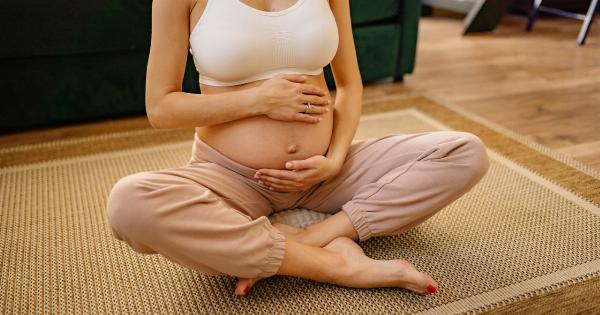As temperatures continue to rise every year due to climate change, it is important to recognize which individuals are most vulnerable to the impacts of heat.
While extreme heat events threaten the health of everyone, certain populations are at higher risk of experiencing heat-related illnesses and mortality.
Elderly People
Older adults are at a higher risk of experiencing heat-related illnesses because their body’s ability to regulate temperature decreases as they age.
Additionally, many seniors may have preexisting medical conditions that exacerbate the effects of heat on the body. According to the Centers for Disease Control and Prevention (CDC), the mortality rate for individuals over the age of 65 increases by 20% during heat waves.
Children
Children are also vulnerable to the impacts of extreme heat. Their smaller bodies generate more heat relative to their size, and they have a harder time regulating their body temperature.
Infants and young children are particularly at risk of heat exhaustion and heatstroke because they are not yet able to effectively communicate their discomfort or seek relief on their own.
Pregnant Women
Pregnant women are also a high-risk population for heat-related complications. Elevated body temperature during pregnancy can increase the risk of miscarriage and premature birth, and it may also impact fetal development.
Furthermore, pregnant women are more susceptible to dehydration, which can lead to a range of complications.
Individuals with Chronic Medical Conditions
Individuals with chronic medical conditions such as heart disease, diabetes, and respiratory illnesses are also at a higher risk of experiencing heat-related complications.
These conditions may make it more difficult for the body to regulate temperature, and the effect of extreme heat on the body can exacerbate underlying health problems.
Outdoor Workers
Outdoor workers, particularly those who work in agriculture or construction, are also vulnerable to the impacts of heat.
These workers may be exposed to high temperatures and direct sunlight for extended periods of time, making them more susceptible to heat exhaustion and heatstroke. Additionally, some outdoor workers may not have access to adequate drinking water or shade to help regulate their body temperature.
Low-Income Populations
Low-income populations may also be disproportionately impacted by extreme heat. They may not have access to air conditioning or may live in housing that is poorly ventilated, making it difficult to escape high temperatures.
Additionally, low-income individuals may be more likely to work in outdoor jobs or have limited access to transportation, making them more vulnerable to heat-related illnesses.
Athletes
Athletes who participate in outdoor sports or activities during high temperatures are also at risk of experiencing heat-related illnesses.
Vigorous exercise in hot weather can increase the internal body temperature, leading to heat exhaustion and heatstroke. Additionally, athletes who do not properly hydrate before and during activity may be more susceptible to dehydration and its consequences.
People Living in Urban Areas
Urban areas may exacerbate the effects of extreme heat due to the urban heat island effect. This occurs when urban surfaces, such as pavement and buildings, absorb more heat than natural surfaces, leading to higher temperatures in urban areas.
Additionally, urban areas may have less green space and fewer trees, which can reduce the cooling effects of shade and evapotranspiration.
Conclusion
While everyone is at risk of the impacts of extreme heat, certain populations are more vulnerable to heat-related illnesses and mortality.
Elderly individuals, children, pregnant women, outdoor workers, those with chronic medical conditions, low-income populations, athletes, and those living in urban areas are all at increased risk. Recognizing these vulnerabilities can aid in planning and implementing interventions to help prevent heat-related illnesses and promote public health during extreme heat events.




























